Post by Regina Warila, undergraduate in Psychology pursuing an Interdisciplinary Neuroscience minor at Portland State University. Regina is a welcome and regular contributor to outreach visits through Northwest Noggin.
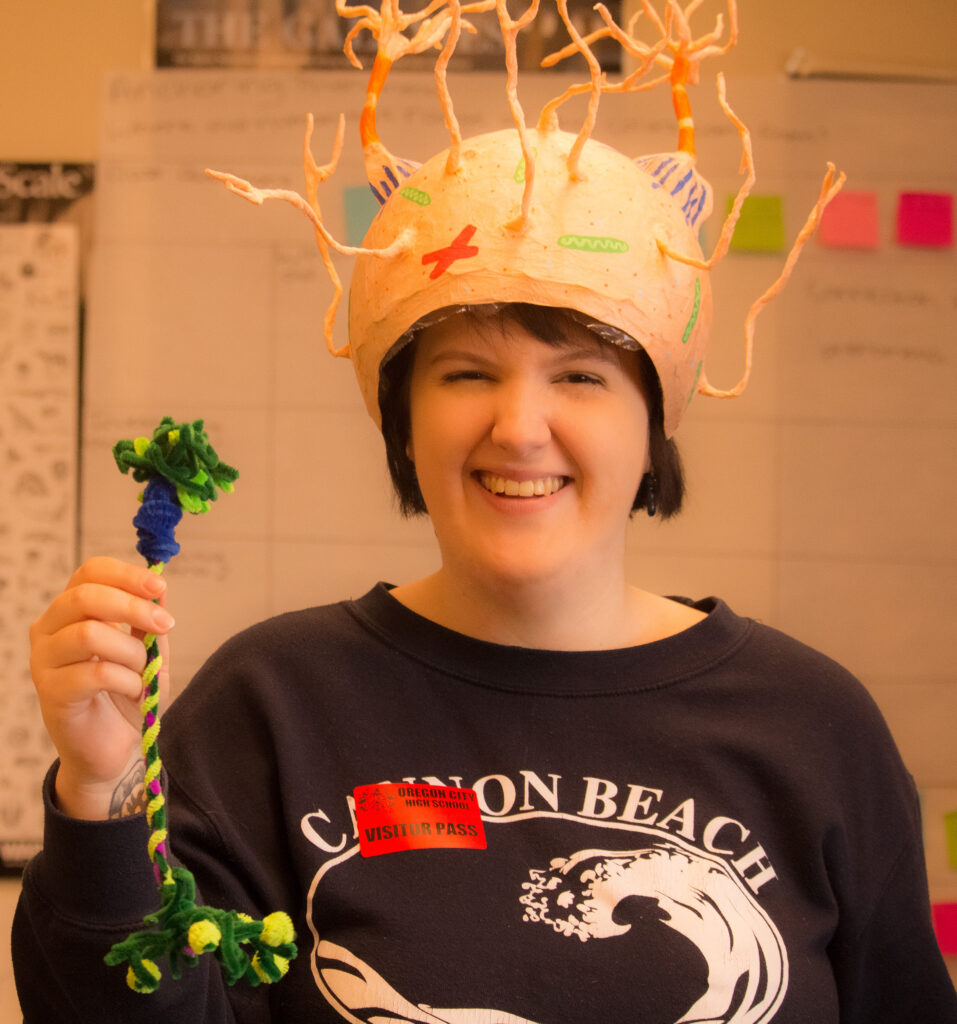
Growing Up Takes Time
Participating with Northwest Noggin during my final term as a Psychology undergraduate at Portland State University presented me with many questions, the majority of them coming from inquisitive and energetic K-12 students we had the pleasure of visiting this spring!
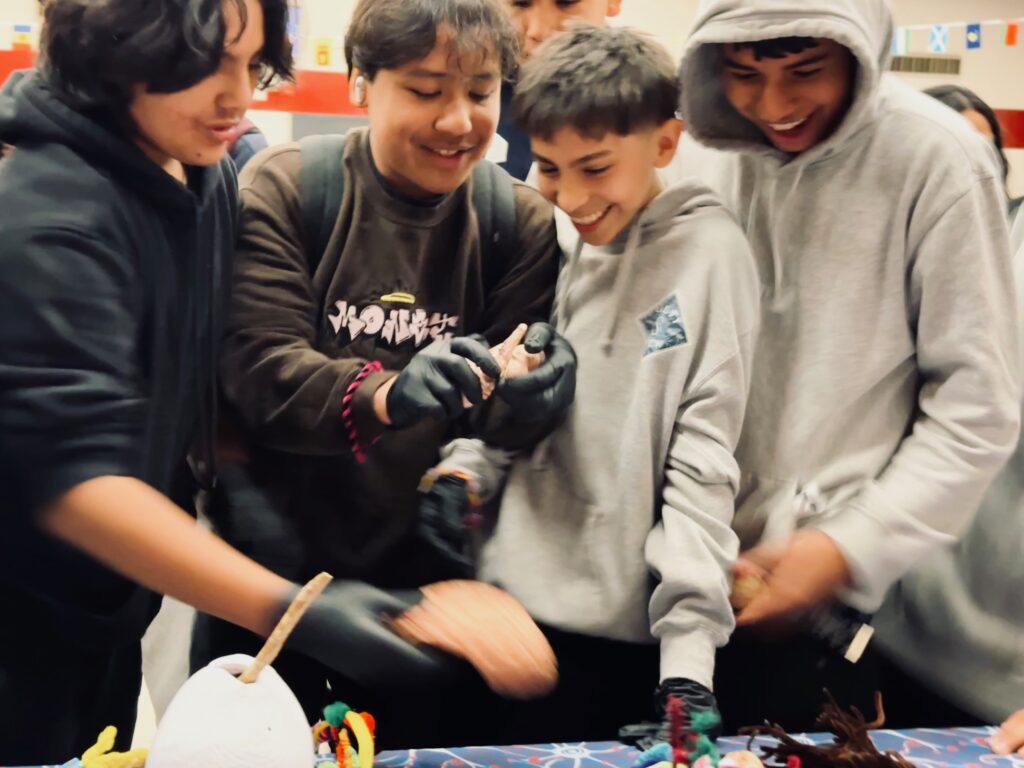
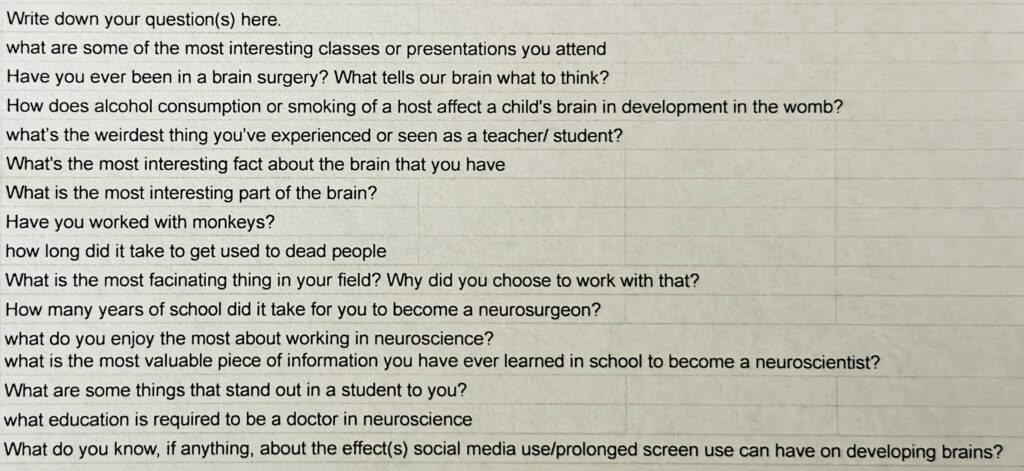
Why do we dream? What is the most vital part of a brain? How do opioid blockers work? What’s the longest neuron? These amazing questions reflected an intense curiosity we all have about brains that students, including myself, may have previously overlooked.
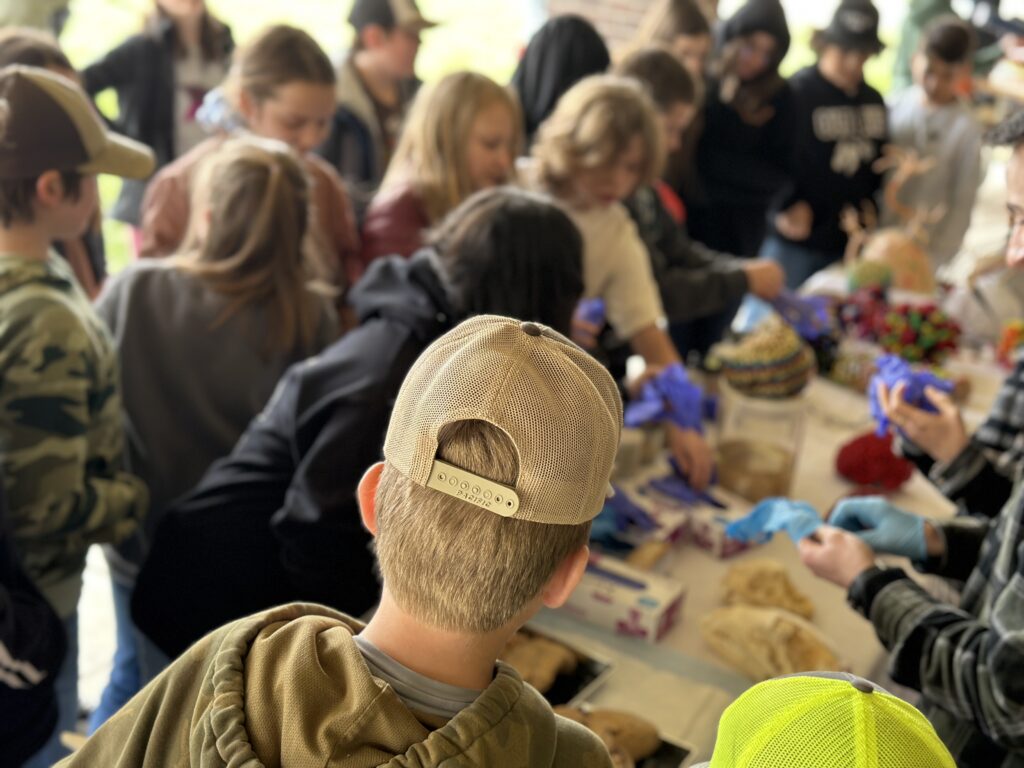
LEARN MORE: Can a brain use all of the parts at once?
While in Sisters, Oregon for a recent middle school visit, a few fellow volunteers and I had the incredible opportunity to visit Freedom for Great Apes, a rural nonprofit sanctuary for chimpanzees managed by Jenn Bagley, who once worked with the macaques at the Oregon National Primate Research Center at OHSU.
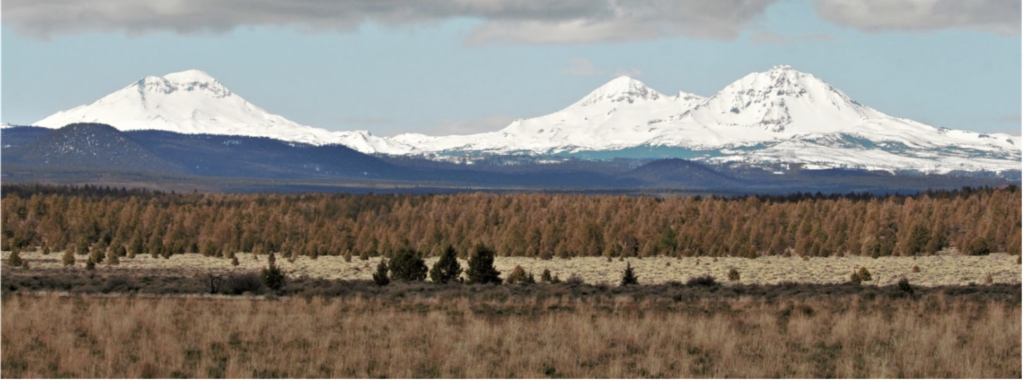
LEARN MORE: Synapses and Seconds in Sisters
Chimpanzees are no longer common subjects in research. However, many people raise chimps, or use them in the entertainment industry, and these are complex primates with significant social and emotional needs. Chimpanzees often overwhelm their woefully unprepared caregivers, especially after becoming adolescents.
LEARN MORE: NIH Will No Longer Support Biomedical Research on Chimpanzees
LEARN MORE: NIH to develop uniform standards for relocation of at-risk chimpanzees
LEARN MORE: NIH can’t deny former research chimps sanctuary retirement
LEARN MORE: Behavioural Development of Three Former Pet Chimpanzees a Decade after Arrival at the MONA Sanctuary
LEARN MORE: Early social deprivation negatively affects social skill acquisition in chimpanzees
LEARN MORE: The impact of atypical early histories on pet or performer chimpanzees
LEARN MORE: Long-Term Assessment of Captive Chimpanzees
Observing the four chimpanzees that currently live there (CJ, Emma, Herbie, and Jackson) reminded me of their need—as well as ours—to live a socially connected life.

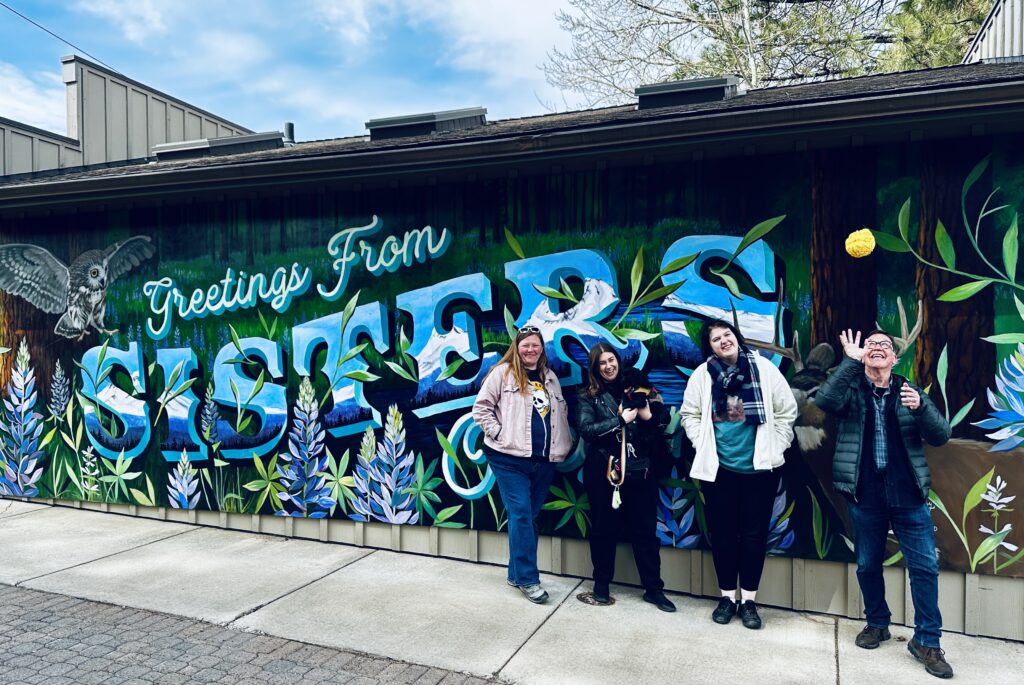
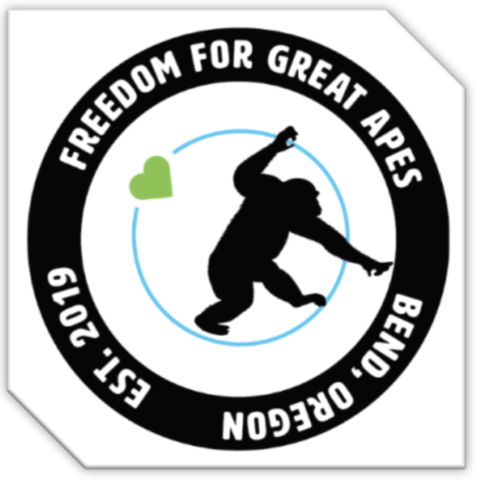
LEARN MORE: Freedom For Great Apes
For example, we learned that the chimpanzees had to be able to see each other at all times, even from a distance. And chimpanzees, unlike macaques, often wanted to look at your face directly, and wanted you to look back at them too.
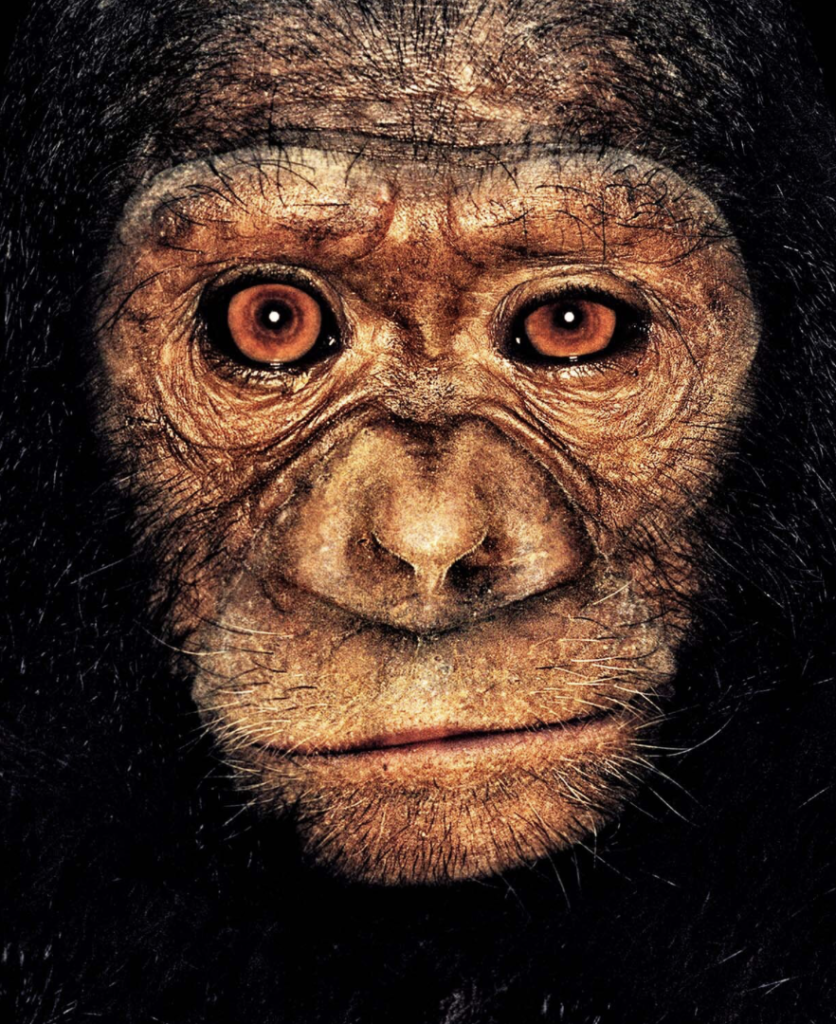
From an AMAZING book titled James and Other Apes, by James Mollison.
LEARN MORE: JAMES & OTHER APES
The male chimps also displayed occasional dominance behaviors, such as yelling, throwing plastic buckets against the floor, spitting, and doing whatever they could to intimidate/display their dominant position in the group (and let me tell you, it worked like a charm!). Despite secure containment in their habitat, it was still alarming to hear how loud they could scream, and to witness the physical strength they could muster. From this brief experience, my perception of chimpanzees is drastically altered — seeing them in a more realistic and primal way that is not possible for visitors at a local zoo.
Why is sociability in primates (ourselves included!) so essential to well-being?
Strength in numbers!
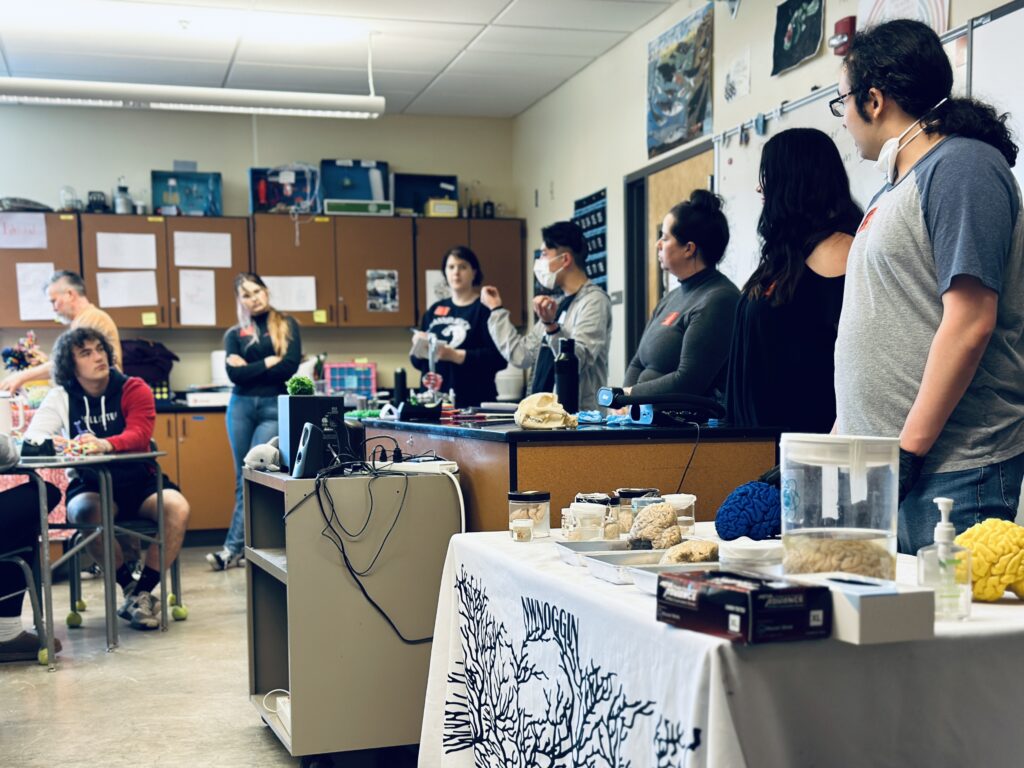
If multiple individuals live together in a group (or groups), there is a smaller probability of being effectively preyed upon by predators. A large group of chimpanzees, for example, might also have a better chance at defending themselves from a predator attack, as opposed to fighting off a threat single-handedly. There are significant adaptive advantages to social collaboration.
LEARN MORE: Primate Sociality and Social Systems
LEARN MORE: In Sync: How Humans are Hard-Wired for Social Relationships
LEARN MORE: Animals, Humans and Sociability
From a cognitive perspective, much progress has been made in determining where — in the brain — such behaviors manifest themselves.

“Much research on how the adult human brain processes the social world has shown that there is a network of specific brain areas, also called the social brain, preferentially involved during social cognition. Among the specific brain areas involved in the adult social brain, functional activity in prefrontal cortex (PFC), particularly the medial prefrontal cortex (mPFC), is of special importance for human social cognition and behavior.”
— Tobias Grossmann
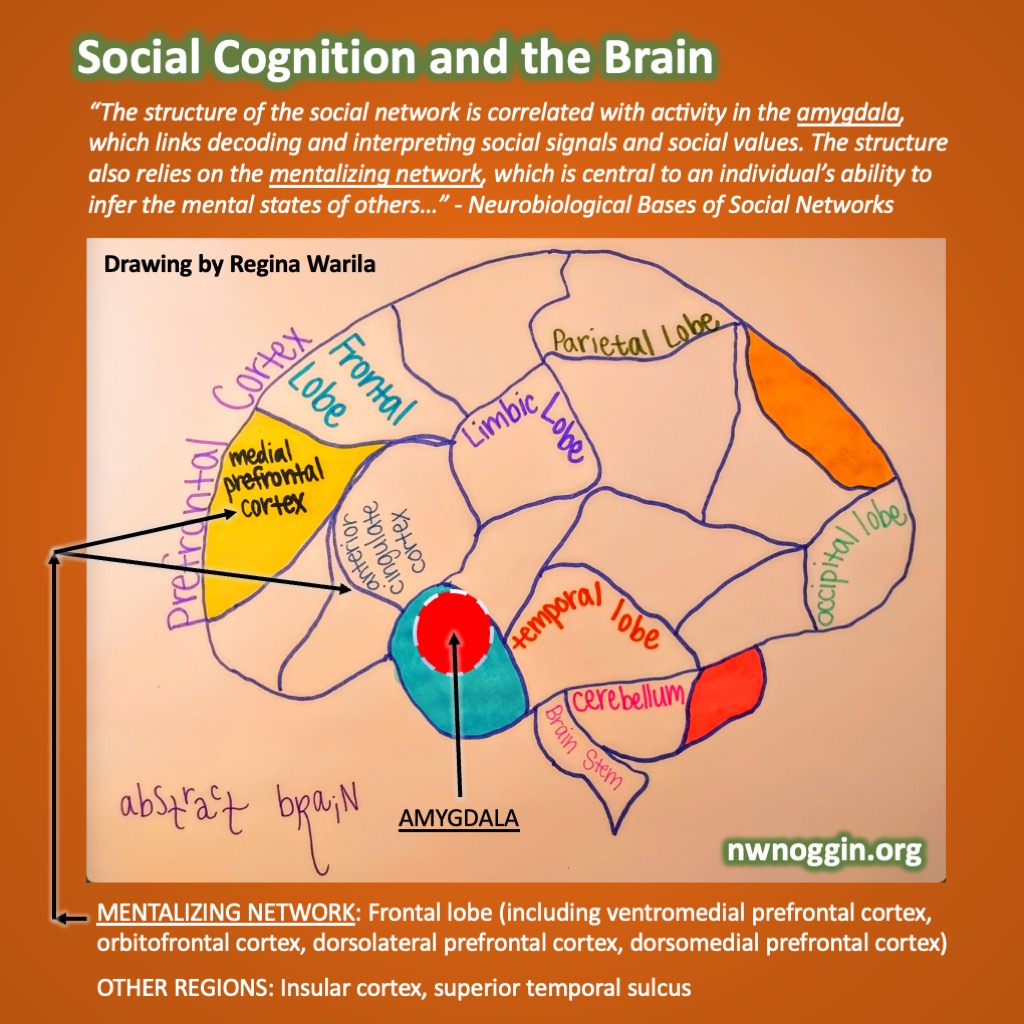
LEARN MORE: Neurobiological Bases of Social Networks
LEARN MORE: The role of medial prefrontal cortex in early social cognition
LEARN MORE: The neurobiology of human social behaviour: an important but neglected topic
LEARN MORE: The Original Social Network: White Matter and Social Cognition
LEARN MORE: Changes in social emotion recognition following traumatic frontal lobe injury
LEARN MORE: Social Processing by the Primate Medial Frontal Cortex
LEARN MORE: Social cognitive network neuroscience
The personality and cognitive competency of a 14-year-old will differ from that of a 30-year-old, due to a still-developing medial prefrontal cortex, fewer decision-making experiences, and a burgeoning moral compass which can be easily swayed by countless variables (i.e., family, friends, academia, culture, societal etiquette and more).
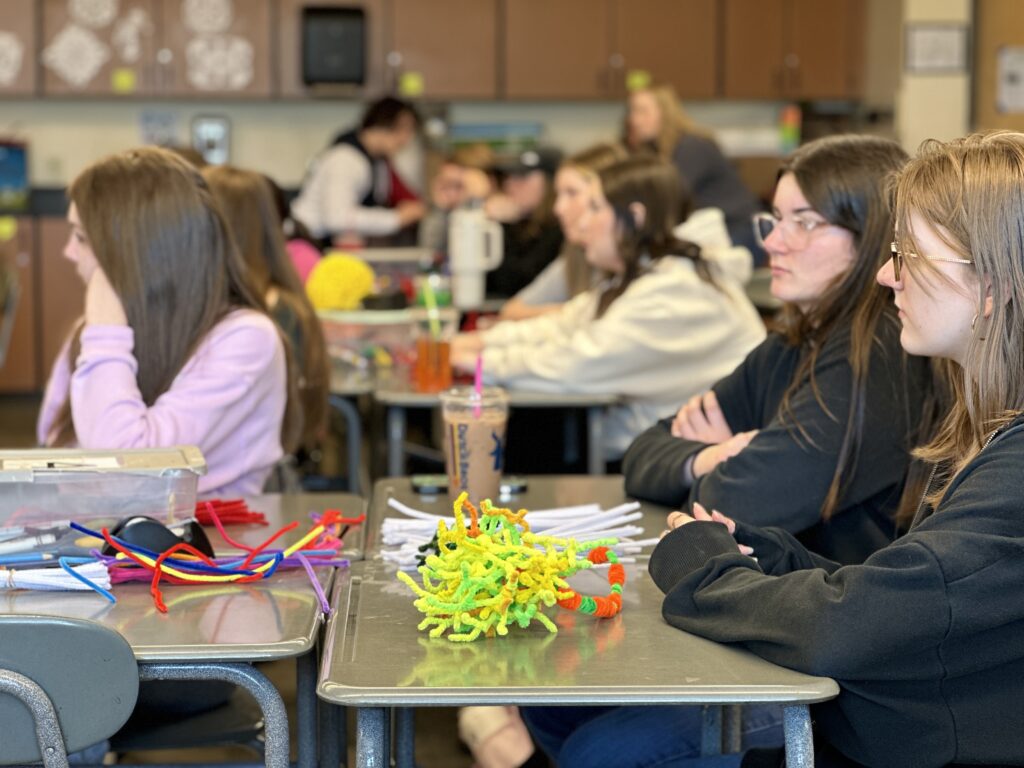
When NW Noggin visited Oregon City High School in late April, I had the opportunity to ask two students about their lives as high schoolers in a post-Covid climate. Coincidentally, both had moved to the United States from other countries–Ireland and Brazil. Maintaining a social circle and friendships, considering future careers, and how to adopt healthier lifestyles were some of their main concerns. Suddenly, being a junior and senior in high school, they were overwhelmed with far-reaching questions about their future, in both academia and the workforce.
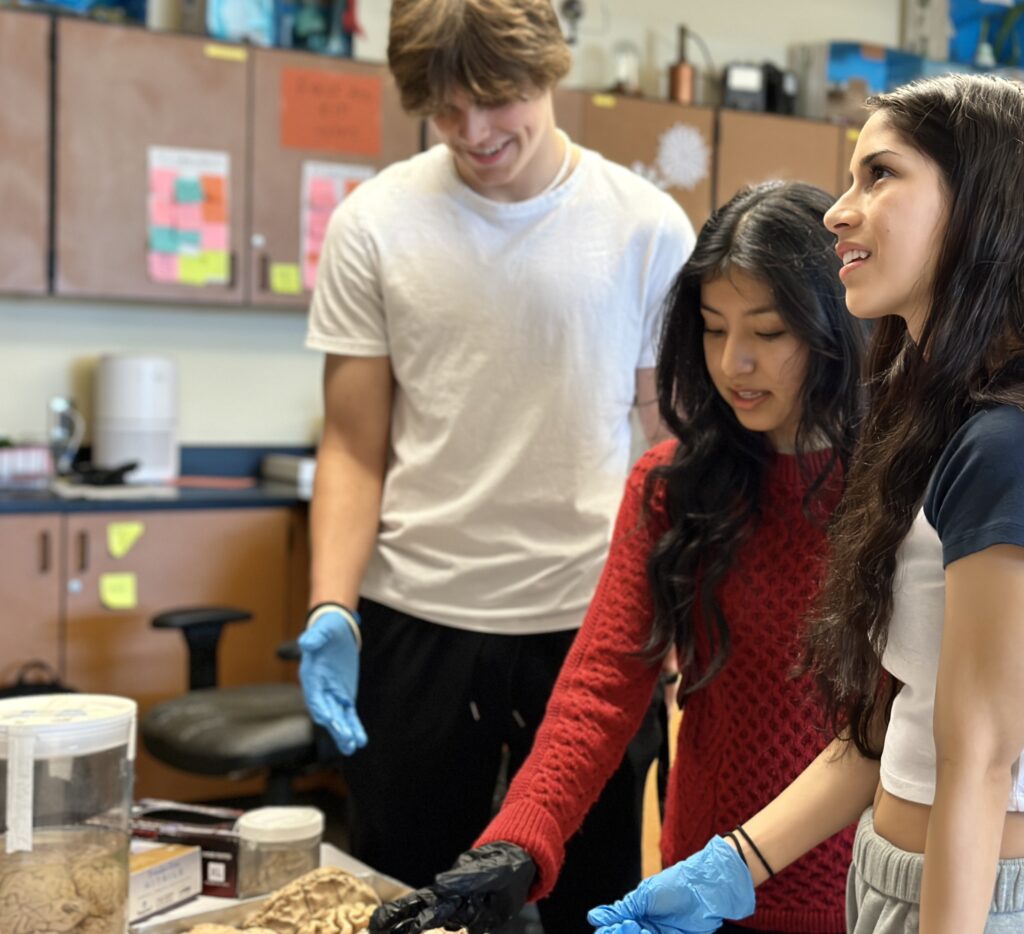
The students I spoke with expressed anxiety at the thought of having to already grasp what their futures will look like, while still grappling with what kind of person they wanted to be in life. It’s a rather strange exercise to ask of someone–securing who you will be in the future when you are not even sure of who you are in the present.
“Don’t get caught in the vicious squares of circles.”
— Anthony T. Hincks
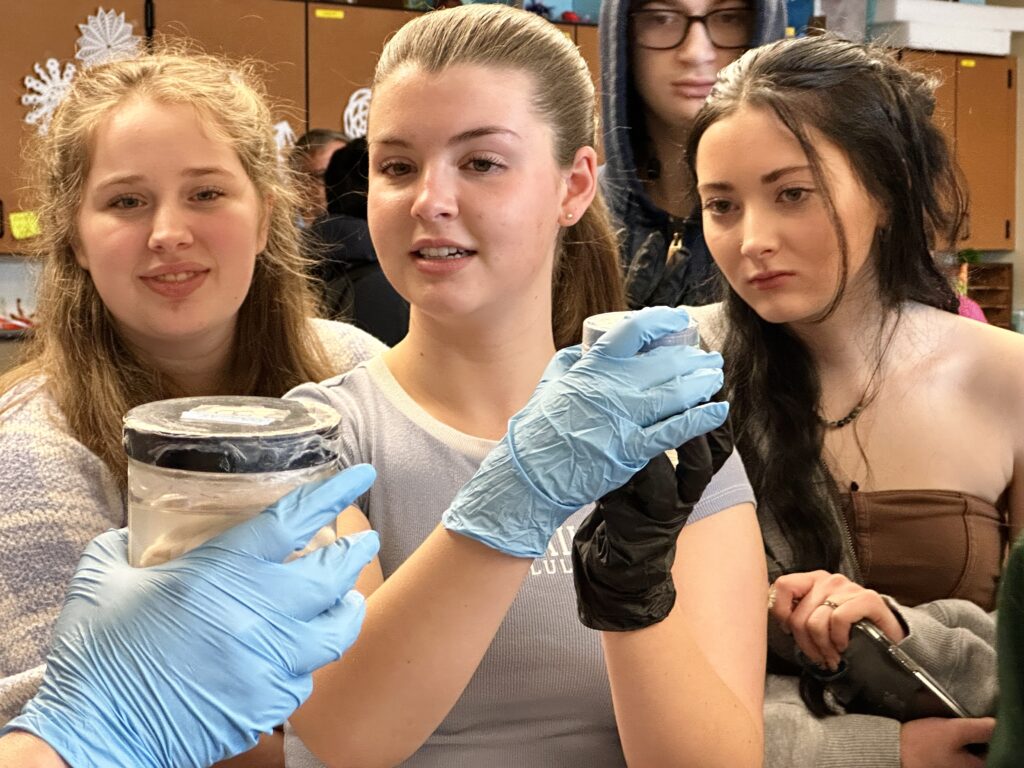
Extraverts & Introverts
The Cambridge Dictionary defines these two types of people as:
Introvert: someone shy, quiet, who prefers to spend time alone rather than being with other people, and Extravert: an energetic person who enjoys being with other people.
Whether you are more of an introvert or more of an extravert, it can be useful to know your strengths and limitations when it comes to being sociable with others. People who work in sales tend to be more extraverted, and it can benefit certain aspects of their job (such as trying to sell a product to someone they have never met before), whereas introverts often find enjoyment through creative arts and other mediums through which to express themselves.
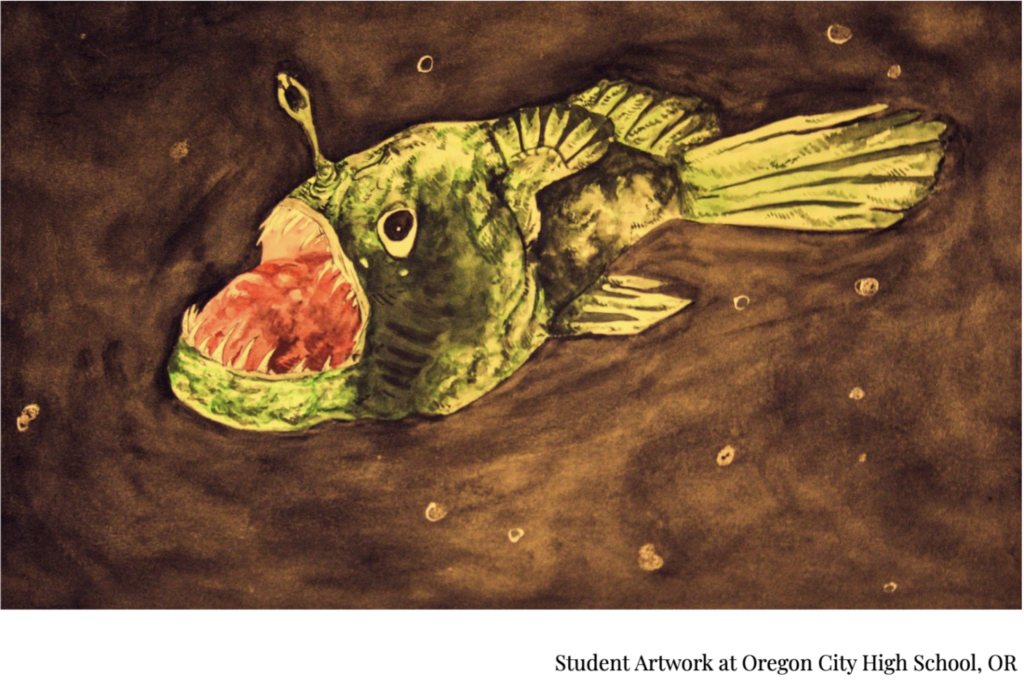
LEARN MORE: The Difference between ExtrAversion and ExtrOversion
This photo was taken as our NW Noggin group was leaving Oregon City High School.

Who are the extraverts in this group? Can you identify them?
Probably not. I think it is fair to say that introversion and extraversion exist on a spectrum, and we all fall somewhere along that stretch of personality. Some people thrive off of social interactions, group activities, and going out of their comfort zone; others find value in a one-on-one conversation with a friend, experimenting with creative hobbies, or taking the time to read a good book. However you prefer to spend your time can tell you a lot about the kind of person you are, and whether sociability is an aptitude of yours, or is something that requires a lot of additional energy and motivation you don’t always have.
As a student volunteer on the NW Noggin outreach visits, it is fascinating to witness and compare the extroverted enthusiasm of many middle-schoolers against the more contemplative, reserved nature of some high school students. Both cohorts vary widely–cognitively, developmentally, socially,…
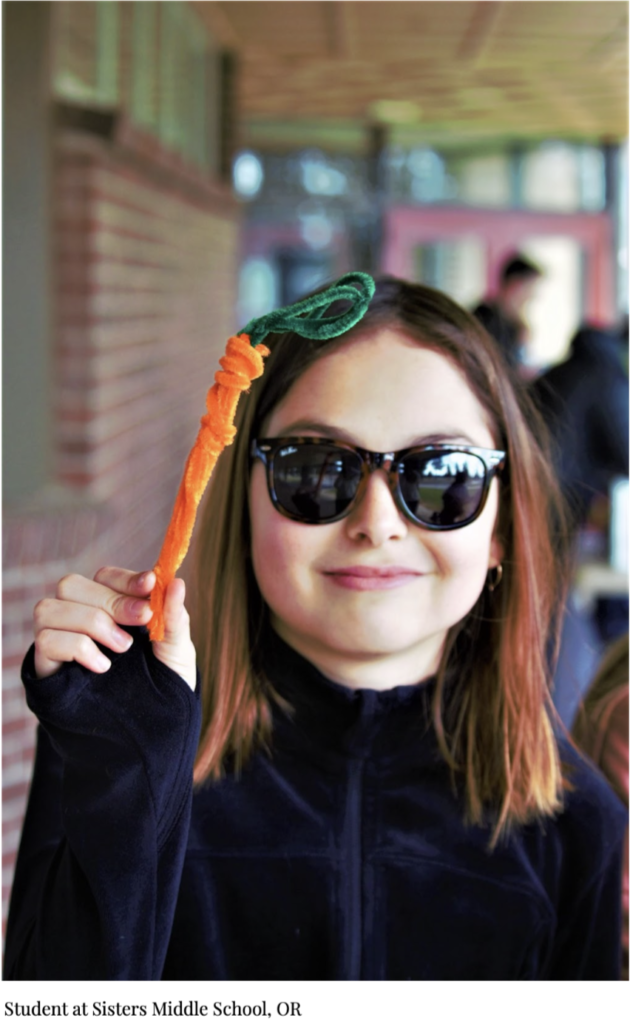
Chimpanzees & Humans
I began to wonder how extraverted and/or introverted other animals are in relation to human beings. After some digging, I found a question asked by a reader of Scientific American, who asks:
“Can Monkeys and Apes Be Introverts?”
Hani Freeman, a research fellow in animal behavior, writes that “Extraversion/introversion behaviors, such as sociability, have also been identified in species of monkeys.”

LEARN MORE: Can Monkeys and Apes Be Introverts?
LEARN MORE: Chimpanzees demonstrate individual differences in social information use
LEARN MORE: The scope of culture in chimpanzees, humans and ancestral apes
LEARN MORE: Chimpanzees copy dominant and knowledgeable individuals: implications for cultural diversity
LEARN MORE: Personality links with lifespan in chimpanzees
Introvert or extravert, chimpanzee or human being – we all need love and community.
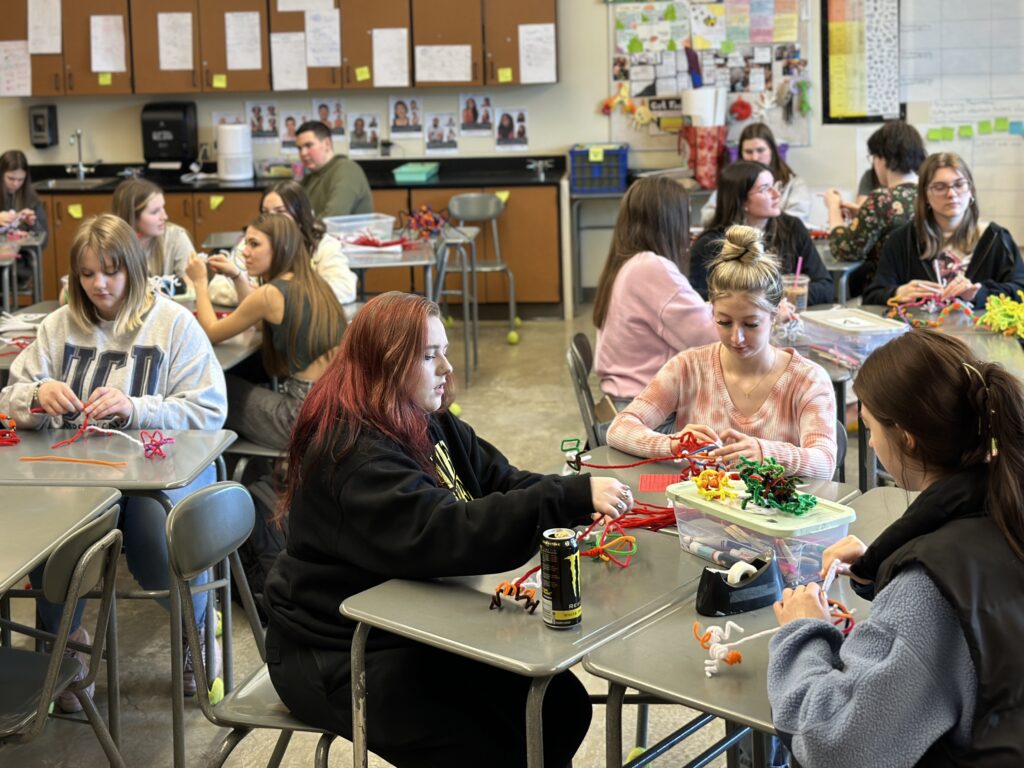
By volunteering with NW Noggin, I have learned to embrace the many different methods in which to learn about neuroscience and the human brain. Complementing scientific thinking with art will hopefully become normalized in education and schools due to the positive, memorable impact it leaves behind.
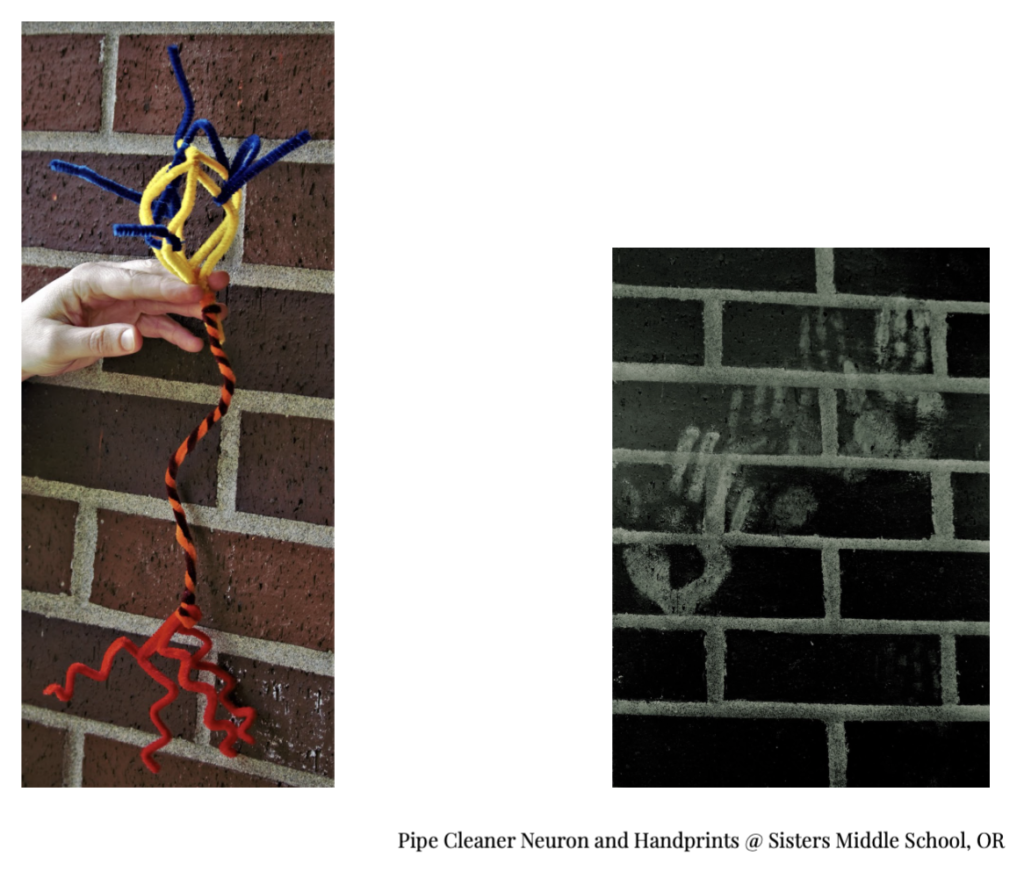
While it is important to recognize our evolutionary past and how we have adapted, I think it is equally important to acknowledge where we are today, and how far we have to go.


